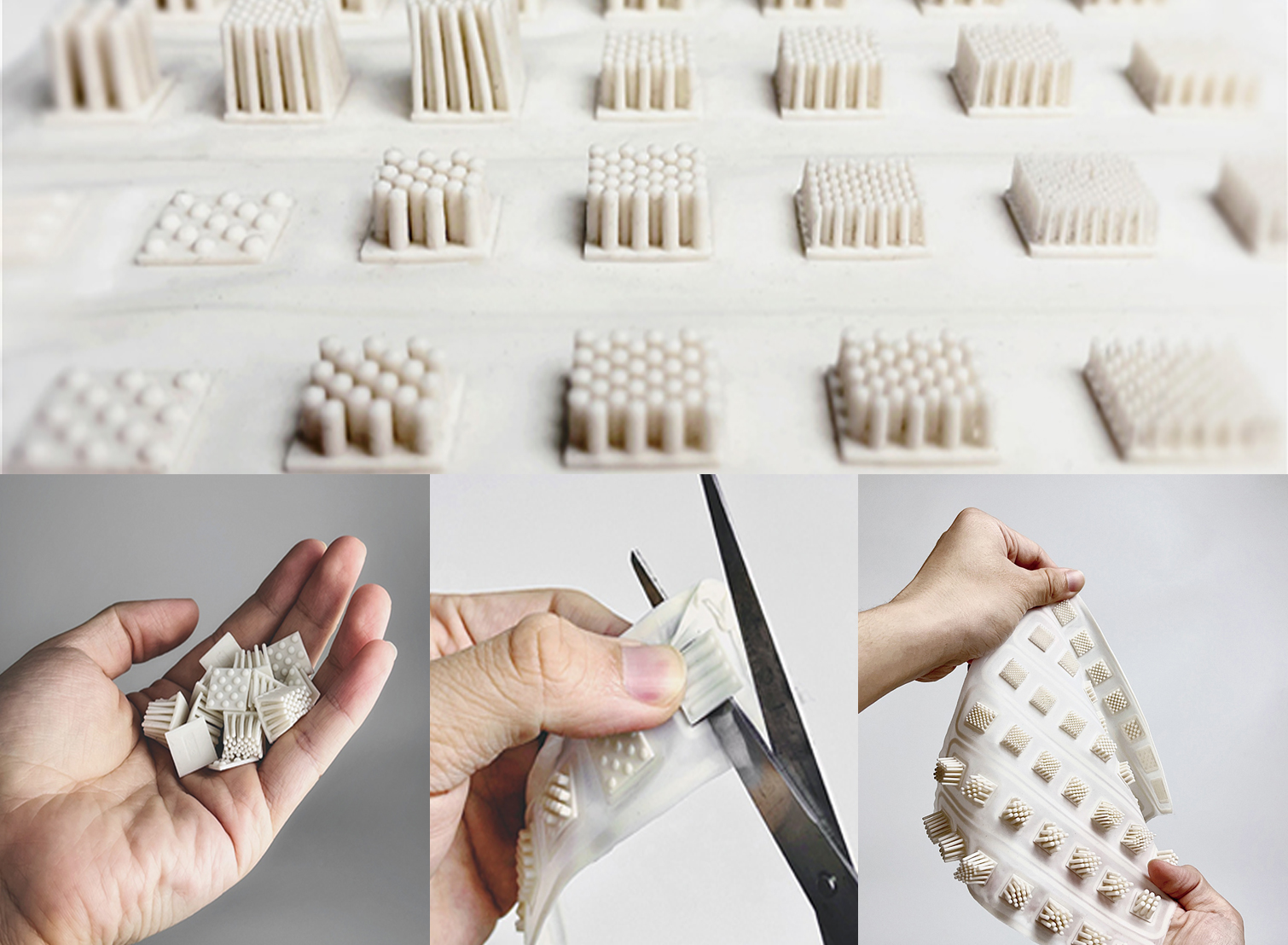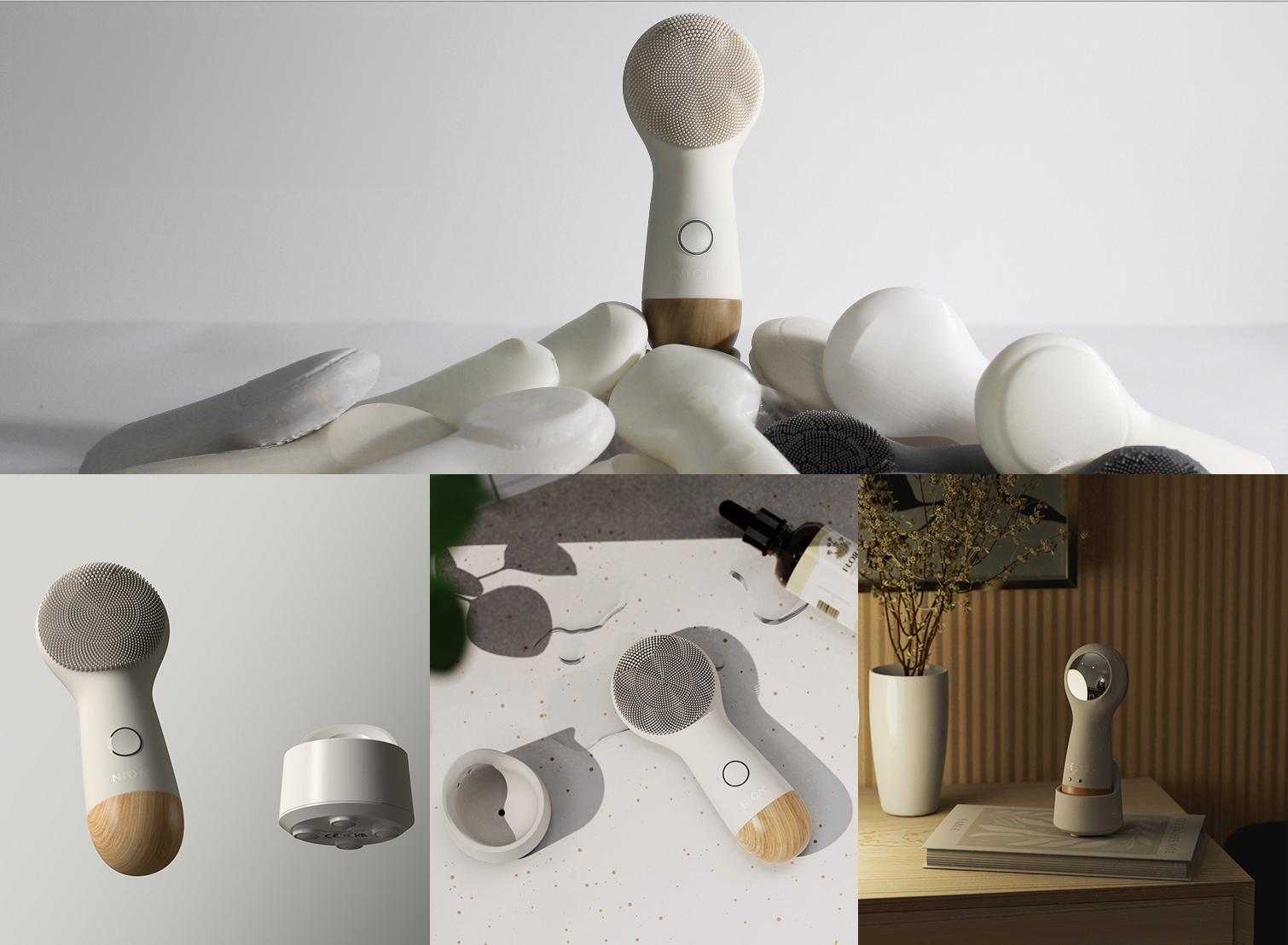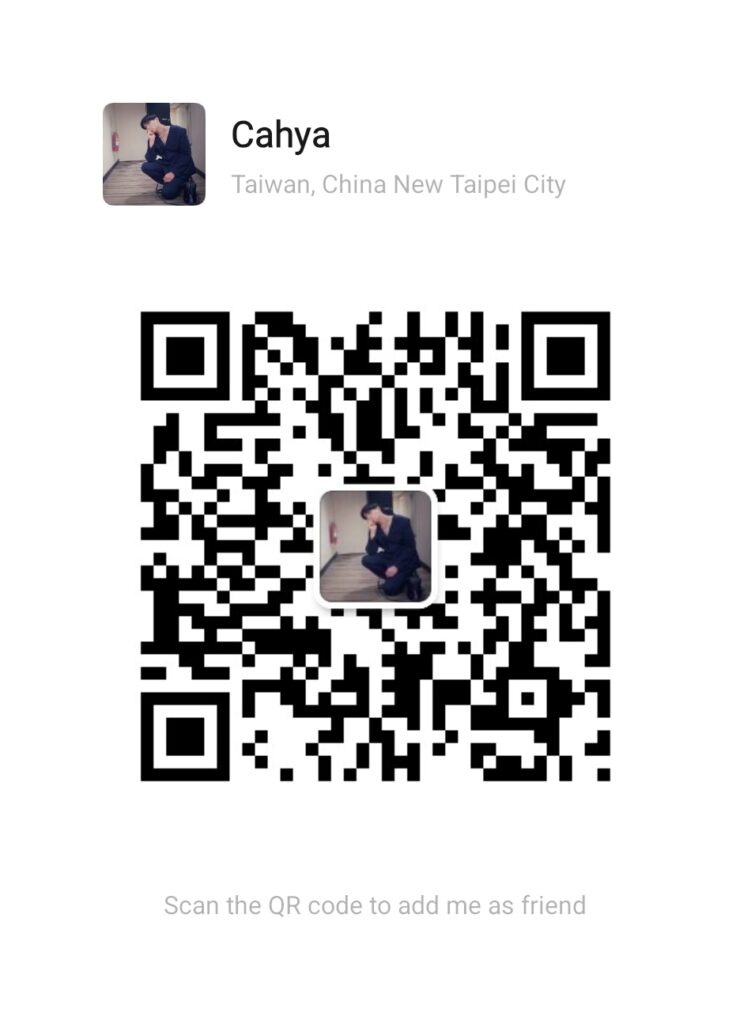Creating an invention is only part of the journey—protecting it is equally essential. If you’re looking to bring a new idea to market, securing patents and trademarks ensures your concept stays yours and gives it a competitive edge. Without these legal protections, the risk of idea theft or duplication increases significantly, which can impact your ability to profit from your hard work.
In this guide, we’ll walk you through how to produce an invention, from the initial concept to the steps you need to take to protect it. Whether you’re wondering, “I have an invention idea, now what?” or seeking a detailed roadmap for making and safeguarding your product, following these steps will help you prepare for manufacturing while securing your rights.
Step-by-Step Guide on How to Produce an Invention

Bringing your invention from idea to protected product involves careful planning and execution. Each step in this process not only advances your invention but also ensures that your intellectual property is safeguarded and ready for manufacturing. Here’s how to take your invention from concept to a legally protected, market-ready product.
Step 1: Defining the Invention and Assessing Patent Eligibility
Before diving into the patent process, you must confirm that your invention is eligible for patent protection. This involves both defining your invention clearly and assessing if it meets specific patent criteria.
What Makes an Invention Patentable?
For an invention to qualify for a patent, it typically must meet three primary criteria: novelty, non-obviousness, and usefulness.
- Novelty: The invention must be new, meaning it cannot have been publicly disclosed before the patent application. Conducting a thorough search (we’ll cover this next) helps determine if your invention is truly original.
- Non-obviousness: Your invention should involve an element of creativity or innovation that wouldn’t be obvious to someone skilled in the field. This is often where inventive features, materials, or methods come into play.
- Usefulness: Your invention must serve a practical purpose or solve a problem, whether in daily life or within a specialized industry. This is key for protecting functional inventions rather than purely artistic or conceptual designs.
Conducting a Patent Search
A patent search is essential for ensuring that no prior invention exists that is too similar to your idea. This can save you time and resources, allowing you to refine your invention before submitting a formal application.
- Use Online Patent Databases: Start with reputable resources like the United States Patent and Trademark Office (USPTO) website, Google Patents, or the World Intellectual Property Organization (WIPO) database.
- Search with Keywords and Classifications: Use industry-specific terms, technical keywords, and specific classifications that best describe your invention. Review related patents and see how your idea stacks up in terms of originality.
- Work with a Professional: For a comprehensive search, consider working with a patent attorney or a specialized patent search firm. They’ll have the experience and tools to search beyond surface-level similarities, identifying potential issues that might arise during your patent application.
Step 2: Turning an Idea into a Prototype
Once you’ve established that your invention is patentable, it’s time to bring it to life with a prototype. This tangible model provides clarity on what aspects of the design are worth protecting and can improve your patent application.
Creating an Initial Prototype
An initial prototype doesn’t need to be perfect; its primary purpose is to visualize the invention, spot areas that need refinement, and identify which unique features require patent protection.
- Choose a Method: Depending on your budget, timeline, and complexity, options range from simple sketches to 3D printing. For physical products, 3D printing or CAD (computer-aided design) models offer precise detail.
- Focus on Core Features: Identify which aspects of the invention are crucial to its functionality or uniqueness. These are the components to showcase in your prototype, as they’ll likely be emphasized in your patent application.
- Test and Refine: Use your prototype to test functionality and collect feedback on usability. Iteration is key at this stage, as each version will bring you closer to a refined product that meets user needs and stands out in the market.
Validating Your Invention with Market Research
Before committing further resources, confirm there is demand for your invention. Market research provides insight into user interest and helps validate your product concept.
- Conduct Surveys and Interviews: Speak to your target audience and ask specific questions about their needs, preferences, and reactions to your concept. This is an opportunity to learn if your invention fills a real need or if adjustments are required.
- Analyze Competitor Products: Look for products that solve similar problems. Evaluate their features, pricing, and customer reviews to understand gaps that your invention could fill.
- Leverage Social Media and Crowdfunding: Platforms like Kickstarter allow inventors to gauge interest through pre-orders and feedback. A positive response validates your invention, while constructive criticism can guide necessary improvements.
Want to dive deeper into how to validate your idea before production? Check out our guide on how to start an invention and validate your idea for expert tips on preparing for manufacturing success.
Step 3: Protecting Your Invention with a Patent
After validating your invention idea and refining it with a prototype, you’re ready to move into the patent application phase. This legal step ensures your invention is protected against duplication and infringement.
Filing the Patent Application
A thorough, well-prepared patent application increases your chances of approval. Documentation is crucial, as the patent office requires a detailed description of your invention and how it works.
- Draft Clear Descriptions and Claims: Begin with an accurate, concise description of your invention, outlining its purpose and features. Claims are particularly important, as they define the scope of what your patent covers. Be specific about what is novel and essential in your invention.
- Create Detailed Drawings: Diagrams, schematics, or detailed sketches showcase the invention’s design and functionality. Each part should be clearly labeled and referenced in the description, so there’s no ambiguity.
- Consult with a Patent Attorney: Patent laws are complex, and working with an attorney ensures your application is legally sound. They’ll help with claim wording, documentation requirements, and technical drawings, all of which need to meet specific standards for approval.
Navigating the Patent Approval Process
Once your application is submitted, it undergoes a review process. This stage involves several steps and may take months or even years, depending on the complexity of the invention and jurisdiction.
- Patent Pending Status: After submission, your invention is considered “patent pending,” giving you some legal protection. You can publicly market your invention with confidence, knowing you have a claim on its uniqueness.
- Examination by Patent Office: An examiner reviews your application, checking for accuracy, novelty, and compliance. They may issue an office action if revisions or clarifications are needed. Be prepared to provide additional information or clarify points.
- Responding to Office Actions: In some cases, you’ll receive office actions or requests for clarification from the patent examiner. Respond promptly with any required information, such as clarifying language or refining claims to satisfy legal standards.
- Final Approval and Maintenance: If the patent office approves your application, congratulations! You now hold the patent. To maintain it, keep up with renewal fees and continue monitoring for any potential infringements on your intellectual property.
Trademarking to Protect Your Product’s Identity

Trademarking is a critical step in protecting your invention’s brand identity, ensuring that your product name, logo, and design are safeguarded against unauthorized use. In the United States, securing a trademark not only gives you exclusive rights but also enhances your brand’s credibility and allows you to build a stronger connection with your audience. Let’s explore the key steps involved in choosing a distinctive identity for your invention and the process of securing trademark protection.
Choosing a Distinctive Brand Identity
Creating a unique and memorable brand identity is essential for standing out in the market and establishing a lasting impression. Here are key strategies for crafting a distinctive identity for your invention:
Selecting a Unique Name
When choosing a name for your invention, it’s essential to avoid generic terms. Generic names, like “FastCleaner” for a cleaning product, may describe the product’s function but lack distinctiveness. This makes it difficult to secure trademark protection, as generic terms don’t stand out enough to qualify for legal protection. A unique name is critical for both legal reasons and brand identity.
Incorporating novelty into your product’s name is another key strategy. Invent terms or phrases that aren’t commonly used in your industry, such as “Xerox” or “Kodak.” These names are distinctive, supporting trademark eligibility while also enhancing brand recall. A name that’s easy to remember and entirely original will set your product apart from competitors and leave a lasting impression on consumers.
Finally, stay industry-relevant but also creative. Use terms that evoke your product’s purpose or values without directly describing it. For instance, a name like “EcoShine” suggests environmental friendliness without explicitly stating the product’s function. This balance between relevance and creativity ensures your brand is both meaningful and memorable, while still offering the distinctiveness needed for trademark protection.
Designing a Memorable Logo
When designing a logo, using original imagery is essential for both trademark protection and brand identity. Avoid relying on commonly available stock images or overused symbols. A unique, custom-designed logo is not only easier to trademark but also reinforces your brand’s distinctiveness in the marketplace. By creating something original, you set your brand apart and make it instantly recognizable.
Color and shape choices play a vital role in conveying your brand’s message. Different colors and shapes can evoke specific emotions and associations. For example, the color green is often linked to eco-friendliness, while bold shapes can imply strength and durability. Selecting the right combination of colors and shapes ensures that your logo communicates the core values of your product to consumers at first glance.
Lastly, simplify your logo design to ensure versatility. A clean, scalable design is key to maintaining consistency across different platforms, from digital screens to product packaging. By keeping your logo simple, you make sure it remains clear and recognizable in various contexts, whether it’s blown up on a billboard or printed on a business card.
Checking for Trademark Conflicts:
Before committing to a name or logo, conducting a preliminary trademark search is crucial. Use the United States Patent and Trademark Office (USPTO) Trademark Electronic Search System (TESS) to check if any similar marks already exist. It’s important to search for both exact matches and related words or images that could potentially conflict with your trademark. This step ensures that you won’t run into legal issues later on due to a pre-existing trademark.
Additionally, checking the availability of your chosen name on domains and social media platforms is essential. Securing the same name for your website and social media accounts builds consistency across online platforms, strengthens brand recognition, and helps avoid consumer confusion. It’s a good practice to verify this early in the branding process to ensure that your name is available across all channels.
Considering the assistance of a trademark attorney can also be highly beneficial. Trademark attorneys can conduct a thorough, professional search to identify any conflicting trademarks. They can also assess the likelihood of your trademark being approved and guide you through the registration process, helping you avoid costly legal problems and saving valuable time in the long run.
Filing for a Trademark to Secure Brand Protection

Once you’ve crafted a distinctive brand identity, securing legal protection through trademark registration is the next step. In the United States, a federal trademark provides nationwide rights and bolsters your brand’s legal standing, ensuring you have exclusive control over your name, logo, or slogan.
To begin, determine the type of trademark you need. A word mark protects your brand name or slogan itself, allowing flexibility in how it’s used. A design mark secures visual elements like your logo, ensuring no one can replicate the unique look of your brand. Alternatively, a combined mark covers both your name and design elements, offering comprehensive protection for logos that incorporate your brand name.
Filing for a trademark is done through the USPTO’s Trademark Electronic Application System (TEAS). You’ll need to provide specific information about your brand, such as a description of the goods or services it represents, the industry classification, and an exact depiction of the trademark. Don’t forget to include a specimen, which demonstrates how your trademark is used in commerce—this could be anything from a product label to a screenshot of your website.
“A brand is only as strong as its protection. Securing a trademark is the key to safeguarding your identity and future growth.”
The application process comes with a fee, typically between $250 and $350 per class of goods or services. Choosing the right class is crucial as it reflects the product category your trademark covers, ensuring your brand is protected in the correct industry. Once submitted, the USPTO will review your application, which can take a few months. They may request revisions or additional information through what’s known as an Office Action. Responding promptly will help keep your application moving forward.
If everything checks out, your trademark will be published in the USPTO’s Official Gazette, and a 30-day opposition period will begin. During this time, others can challenge your trademark if they believe it infringes on theirs. Should no objections arise, your trademark will be approved, giving you the official federal protection that comes with registration. To maintain your trademark, you’ll need to file renewal documents regularly, ensuring your brand stays protected for years to come.
Trademark registration not only grants you exclusive rights but also adds substantial value to your brand. It strengthens your position against infringement, enhances credibility, and can make your brand more attractive to investors or partners.
Moving Toward Manufacturing with Intellectual Property in Place

Once your intellectual property (IP) is secured, it’s time to move toward manufacturing your product. Ensuring that your IP is in place before engaging with manufacturers is critical for protecting your invention from theft or misuse. This phase focuses on finding the right manufacturing partners and deciding whether to license your product or handle production yourself.
Working with Manufacturing Partners
Selecting the right manufacturer is crucial to bringing your invention to life. Start by researching manufacturers with experience in your product category, whether you’re creating electronics, household items, or consumer goods. Verify their production capabilities, quality control processes, and scalability to ensure they can meet your needs as your business grows.
Once you’ve identified potential partners, establishing a secure partnership becomes vital. Non-disclosure agreements (NDAs) are a must during this stage. NDAs protect your IP by legally binding manufacturers to confidentiality. This ensures that sensitive information about your invention, including prototypes, specifications, and manufacturing methods, remains secure. It’s also important to outline clear production expectations and timelines within your contract to avoid misunderstandings.
Licensing or Producing Your Invention
At this stage, you’ll need to decide whether you want to license your invention or handle manufacturing yourself. Both options offer distinct benefits depending on your business model and goals.
Licensing involves granting a company the right to produce and sell your invention in exchange for royalties. This option allows you to focus on innovation while leaving the production, distribution, and marketing to an established manufacturer. Licensing can be an attractive option if you want to avoid the financial burden and logistics of handling production yourself.
On the other hand, producing your invention means taking full control over the manufacturing process. While this offers higher profit potential, it also comes with more responsibility. You’ll need to oversee manufacturing, quality control, distribution, and potentially hire a team to manage the production flow. If you choose this route, consider whether you have the resources, infrastructure, and network to manage large-scale production.
Protect and Produce Your Invention with Confidence

Bringing your invention from idea to market requires careful planning and protection at every step. From securing patents and trademarks to selecting trusted manufacturing partners, these steps ensure that your invention is not only legally safeguarded but also ready for production. Whether you choose to license your product or manage manufacturing yourself, having the right legal protections in place is critical for long-term success.
As you prepare to move into manufacturing, remember that protecting your intellectual property is just as important as refining your product. With your legal protections in place, you can confidently take the next steps, knowing that your invention is secure and positioned for success in the marketplace.
If you’re ready to take the next step and move your idea toward production, check out our guide on how to get your invention built to help bring your concept to life.
FAQ
What makes an invention patentable?
An invention must be novel, non-obvious, and useful to be patentable. Novelty means it’s unique; non-obviousness means it involves some creativity, and usefulness means it has a practical application.
How can I protect my invention before patenting it?
Use non-disclosure agreements (NDAs) when discussing your invention with others. This legally binds them to keep your concept confidential.
What is the purpose of a trademark?
A trademark protects your brand identity, including names, logos, and symbols, ensuring no other business can use them without permission.
How does licensing my invention work?
Licensing lets another company produce and sell your invention in exchange for royalties, allowing you to focus on innovation while they handle manufacturing.
When should I start market research for my invention?
Begin as early as possible. Market research can help validate demand for your invention, guiding design decisions and refining your product concept.










